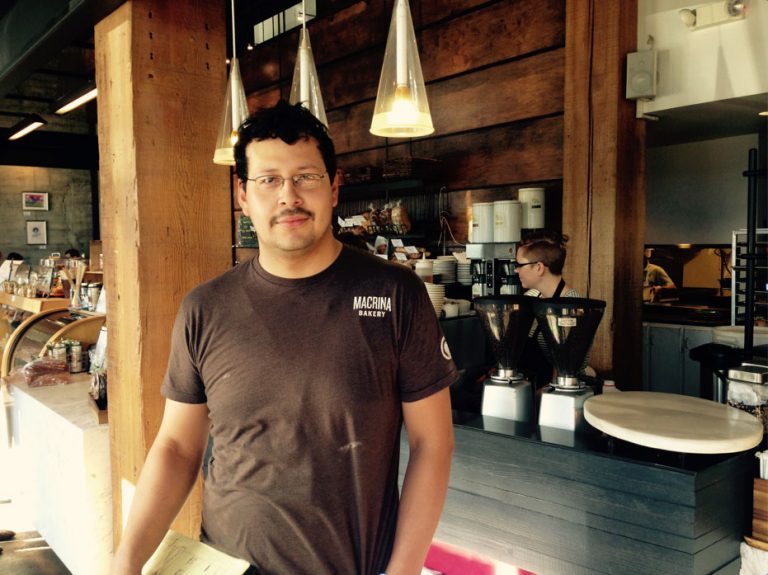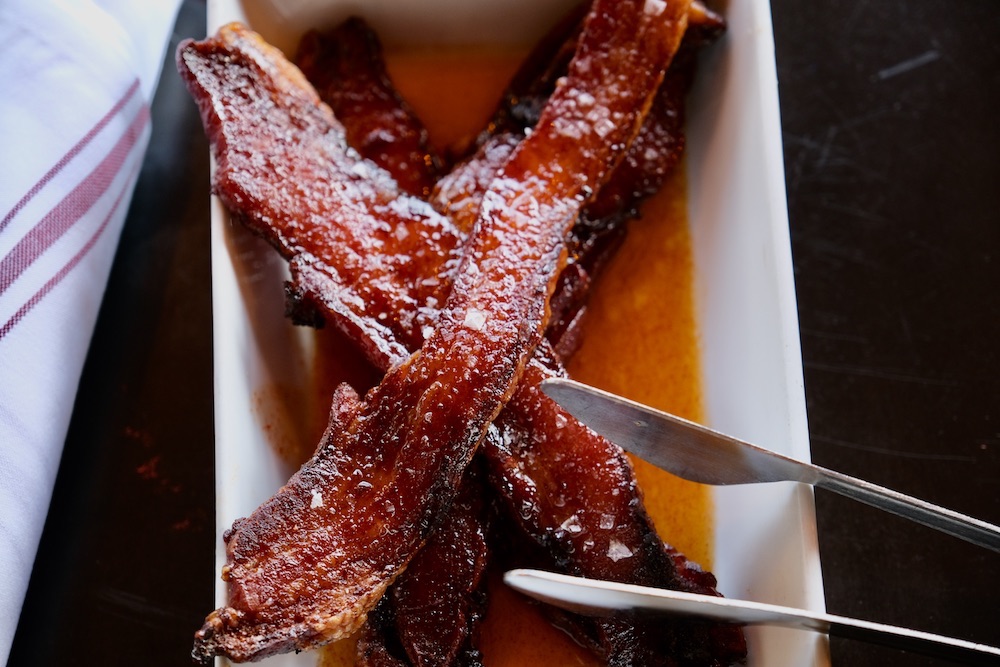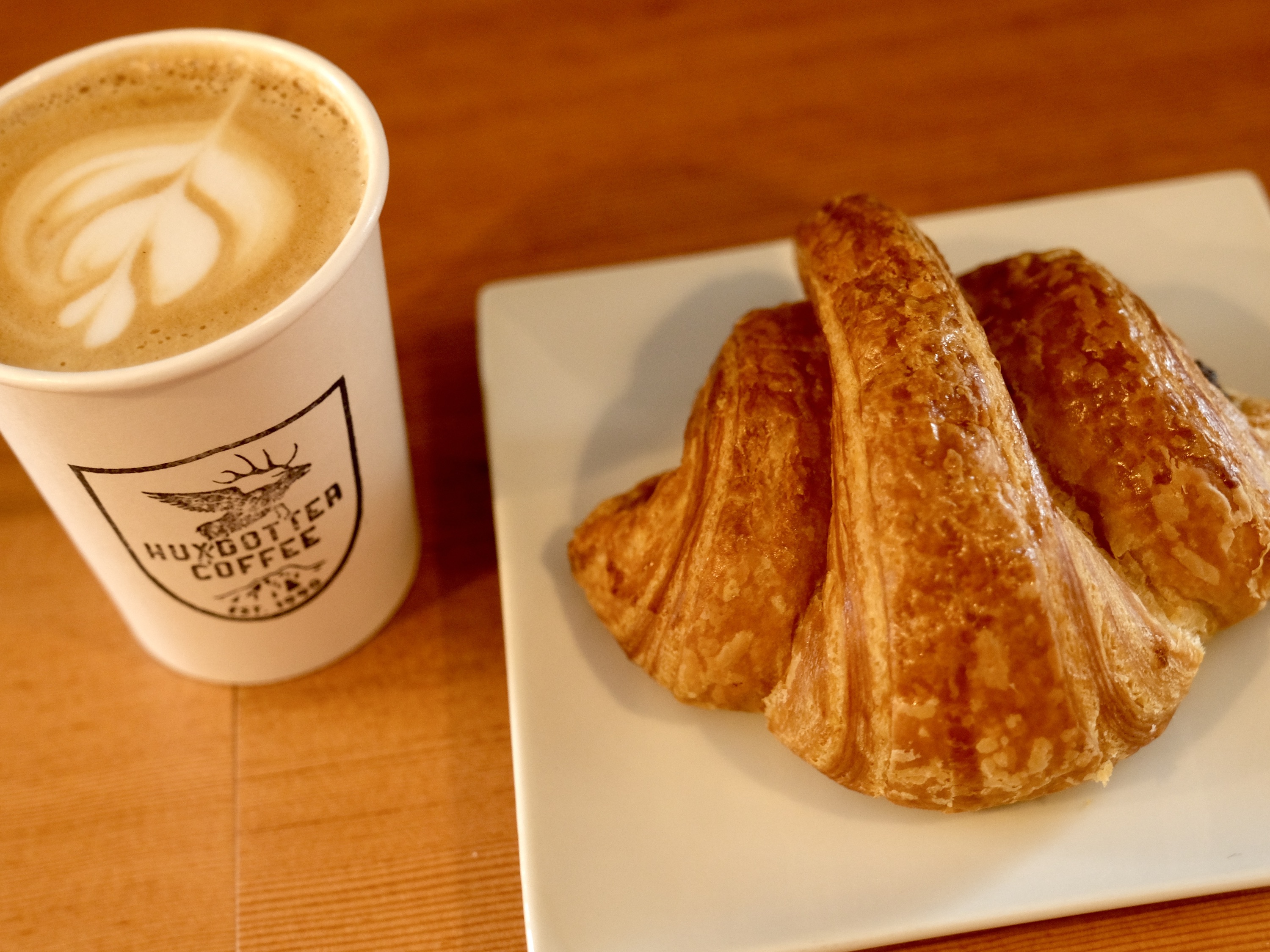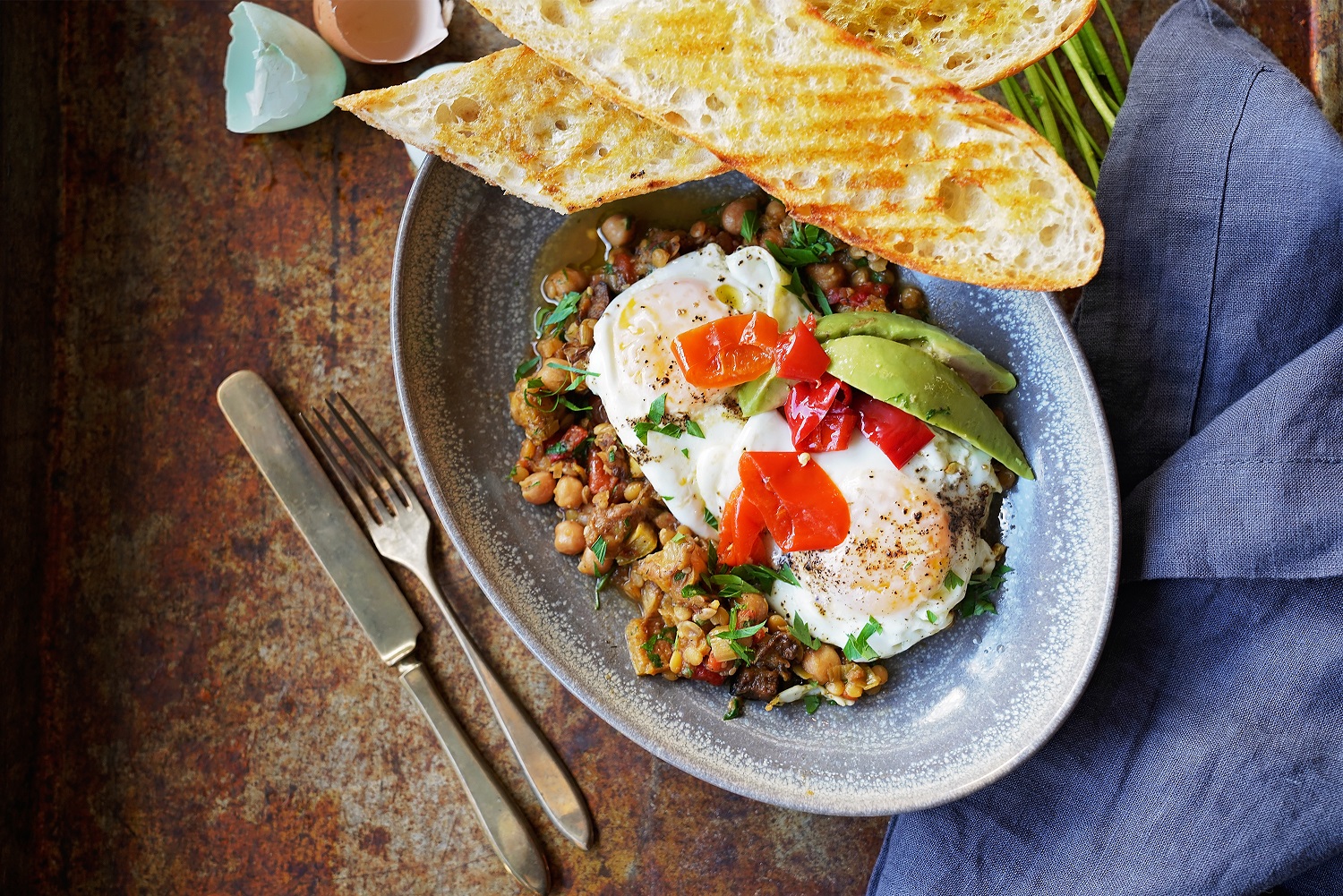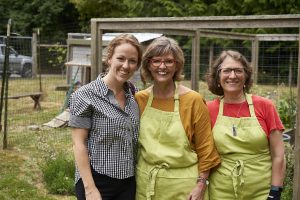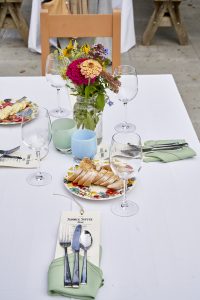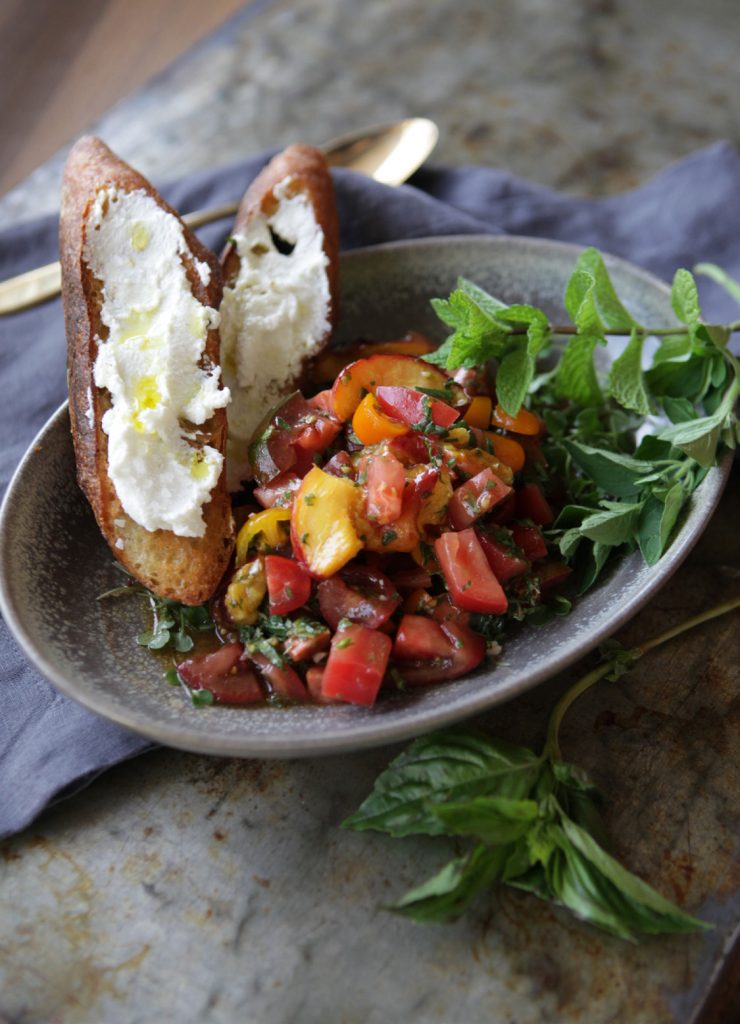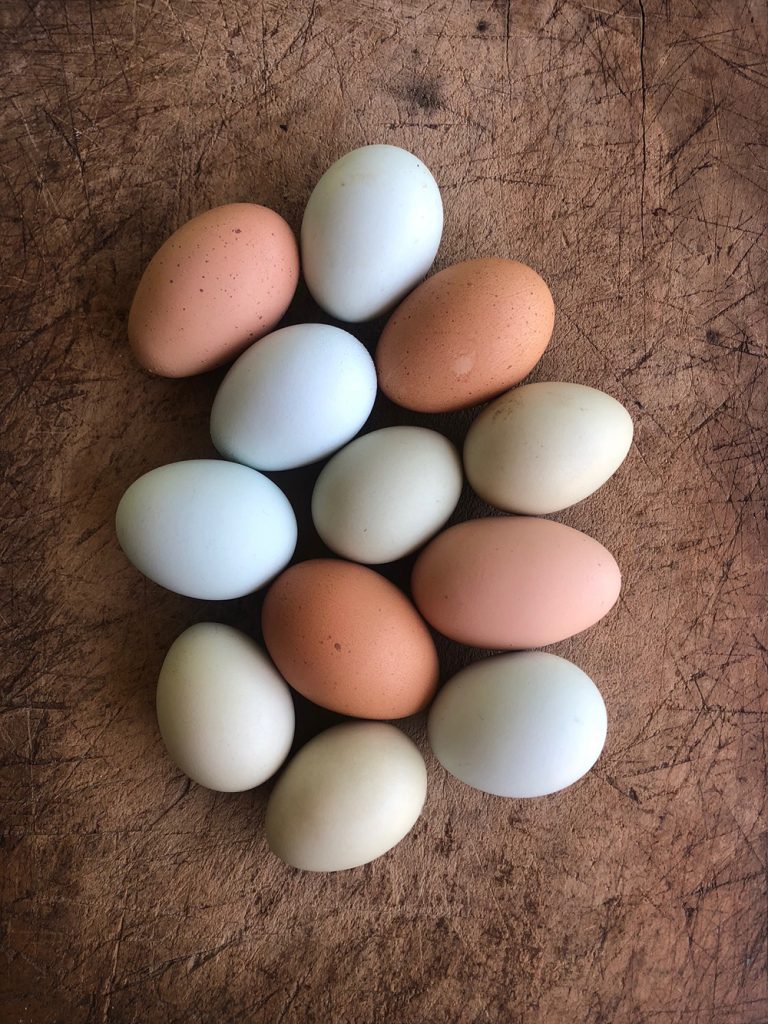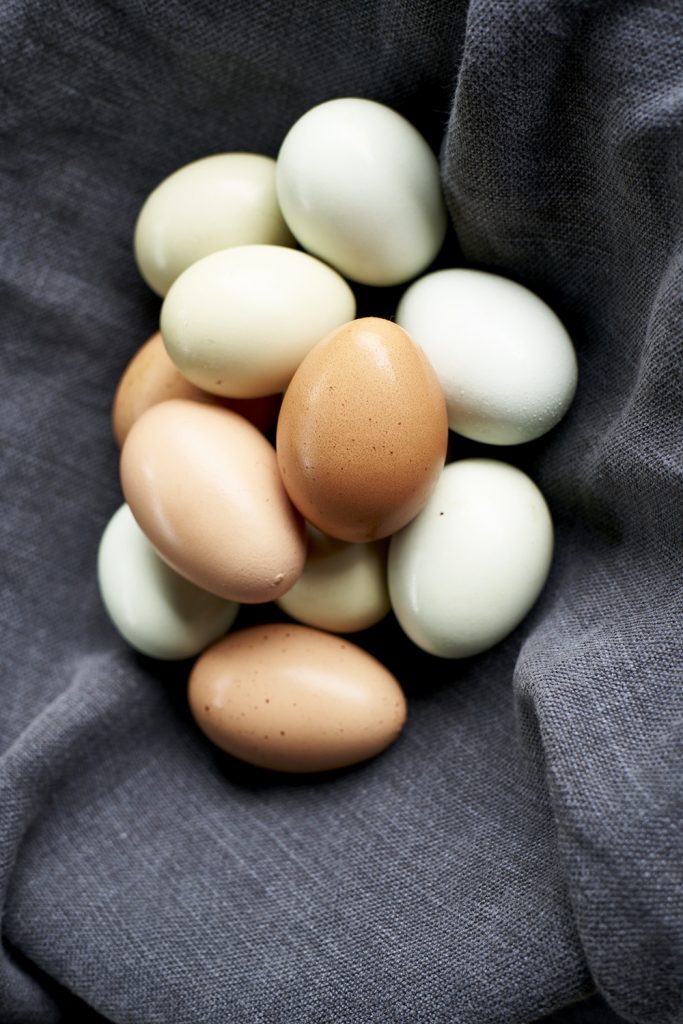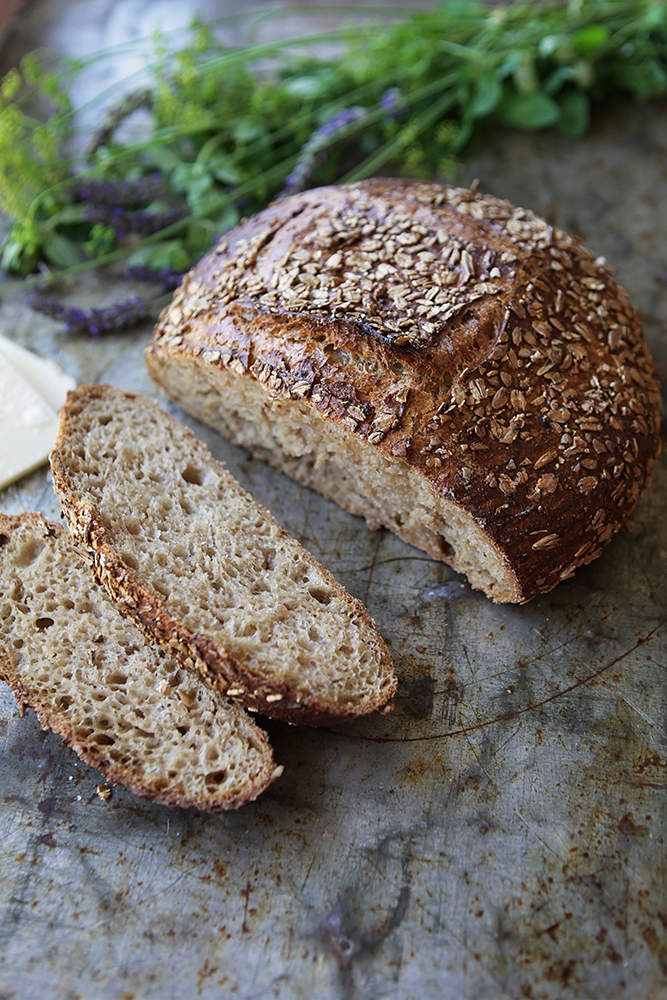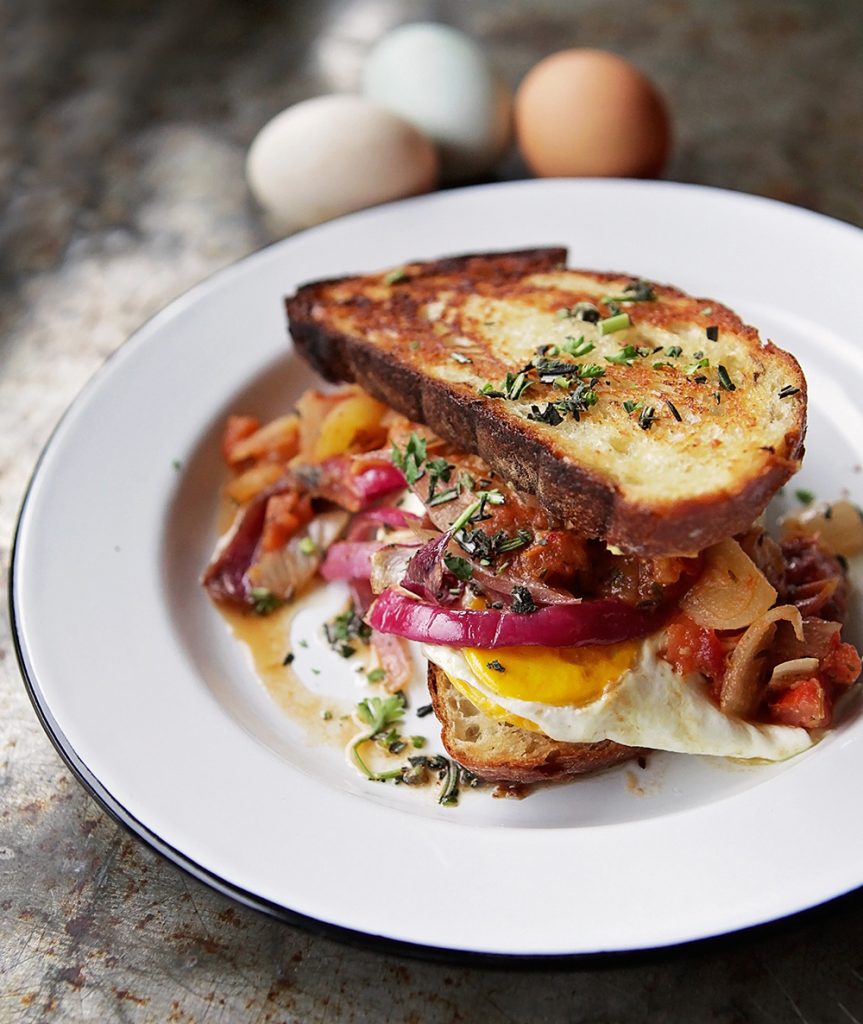When Leslie Mackie opened Macrina Bakery in 1993, she hoped her love of artisan breads would lead to Macrina becoming a community gathering spot. To her delight, that didn’t take long. As the Macrina community grew, we added another café and started wholesaling bread and pastries. Leslie’s spirit of hard work, a positive outlook, and uncompromising quality guided the team that made all this happen.
When we sat down to put these values into words, we didn’t have to look beyond the diverse team of bakers, pastry chefs, savory cooks, baristas, café staff and delivery drivers that make up Macrina. Our employees live the values every day in their mission to enrich communities through the joy of artisan baking.
We’re proud of our 2019 core value winners and the example they set. We wouldn’t be where we are without their shining contributions.
Working Hard: Erica Olsen, Pastry General Manager
When Leslie first met Erica, she was cradled in her mother’s arms. At the time, Leslie was the head baker at Grand Central Bakery and worked with Erica’s mom. More than 25 years later, Erica had graduated from the Seattle Culinary Academy with honors. She joined Macrina in 2017, and was quickly promoted to Pastry General Manager. Erica and her team of pastry chefs produce all of Macrina’s pastries. Erica’s hard work, ambition, and dedication continue to make Macrina more efficient and consistent each year. Her skill is on display in each delicious and beautiful pastry.
Remaining Positive: Sergio Castaneda, Delivery General Manager
Sergio has been with Macrina since 2002 and oversees a large team of delivery drivers. When Sergio is asked how his day went, he always answers with a smile and an honest response, often detailing positive solutions he found to unexpected challenges Most days, he’s in at 4 A.M. working shoulder to shoulder with the packers and drivers to ensure our customers get their orders on time. Before most have us have even awakened, he’s dealt with mechanical issues, staffing, and drivers stuck in traffic. Tall in stature, his employees call him the gentle giant.
Never Settling: Thanh Huyen Dang, Bread General Manager
Thanh Huyen Dang, who goes by Huyen (pronounced “Wen”), has worked at Macrina since 2002 and as the Bread General Manager since 2012. She works tirelessly to find efficiencies in wholesale production, pushes through challenges, and jumps in to assist managers and employees whenever help is needed. She holds her team to high standards and effectively communicates the many details required to produce so many hand-formed loaves with an exacting consistency. Huyen takes on more responsibility each year and works with her team to ensure our food safety plan is rigidly followed
Embracing Diversity: Trevor Kitchin, Food Safety General Manager
Trevor manages an integral department—food safety—and does so with an international team. Together they speak five languages. To ensure everyone is clear on the many details they must master, Trevor has become an expert in communication. A gentle soul, he is patient and takes the time to huddle frequently with his team so that all policies and procedures are understood and executed. He makes a point to make everyone feel welcome and respected.
Integrity in All We Do: Amy Bui, Wholesale Sales Manager
Few know Macrina’s products like Amy Bui does. She’s grown up with them. Her father is Phuong Bui, our Head Baker, and longest-tenured employee. Amy first started coming to Macrina to visit her dad when she was three. Now, all grown up, Amy heads our wholesale sales team. She builds and maintains trusting relationships with our customers through integrity— of product, of communication, and of her word. Additionally, her savvy command of technology has elevated the efficiency of our sales team.


